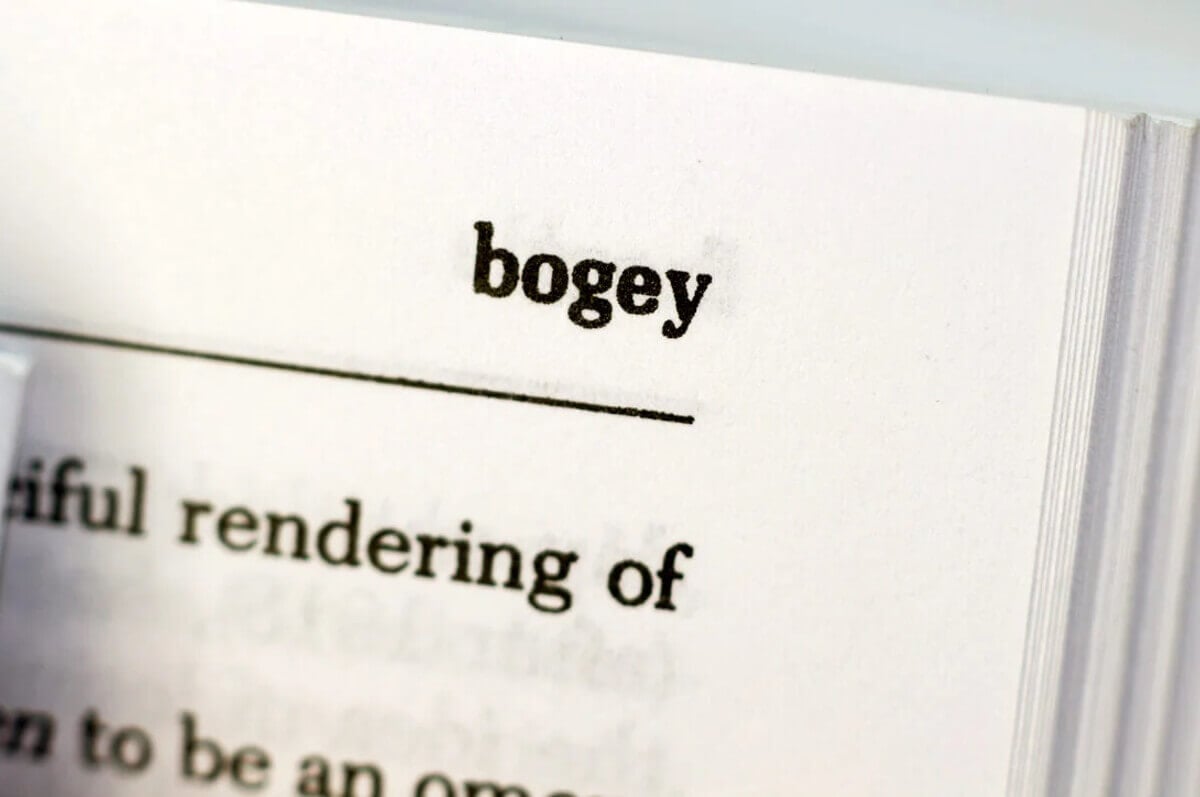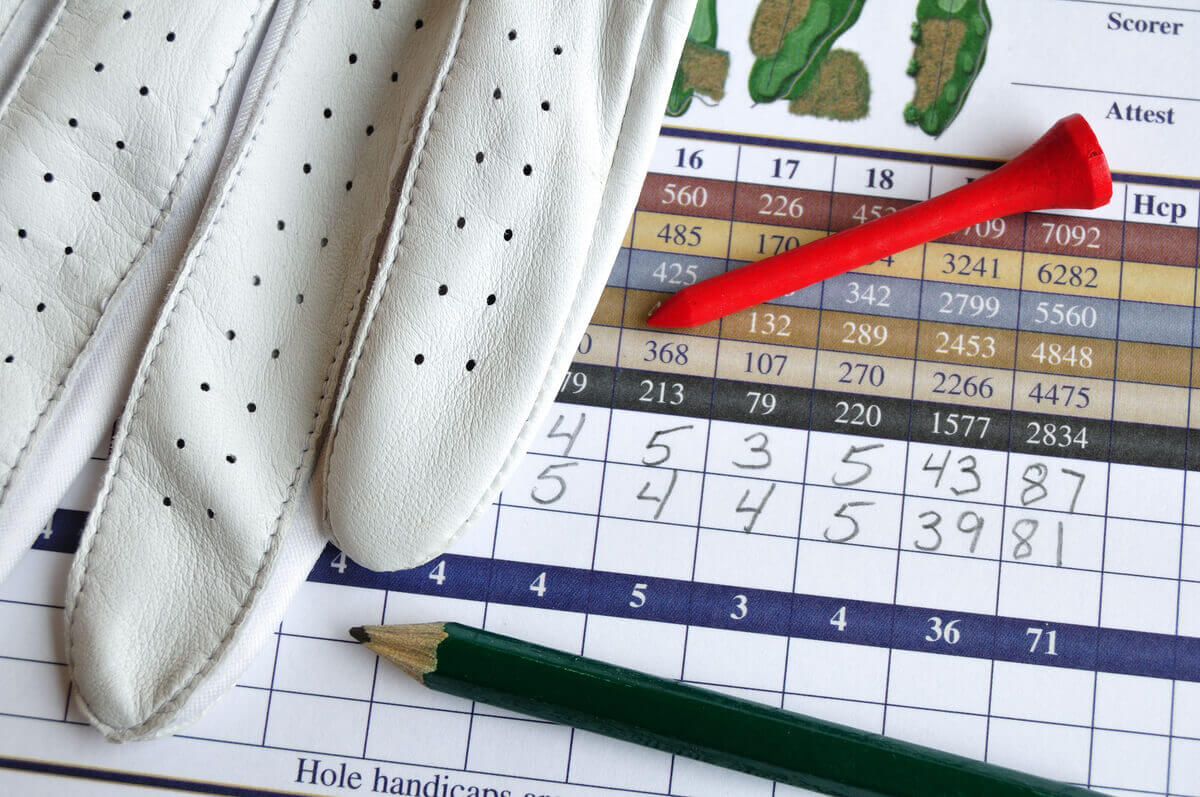Stop Guessing – Start Scoring: Why Knowing Your Golf Club Distances is a Game Changer
We’ve all been there.
You just crushed your drive—pure, straight, and strutting its way down the fairway of a par-4. You’re feeling like Rory McIlroy as you stroll up to your ball. Quick glance to the pin… hmm… maybe 165 yards? No, wait, more like 170. Either way, you’re already imagining dropping it on the green, draining the putt, and smugly writing down a birdie.
You dig into your bag. Which club is the perfect one for 170 yards?
A little panic creeps in. If you come up short, there’s a bunker buffet waiting. Go too long, and you’re in splash city. You start the mental gymnastics:
-
“6-iron should do it… but the fairway’s damp.”
-
“Maybe my 5-iron? But last time that went 160.”
-
“Ah! The 4-hybrid—yes! Perfect for this damp, slightly uphill shot.”
Decision made. You tee up the shot of your life. Smooth swing. Crisp contact. Ball soaring… and then—oh no. It sails twenty yards past the green and belly-flops into the pond. Cue frustration, lost strokes, and muttered words your grandma shouldn’t hear.
Why This Happens to Golfers (and How to Fix It)
The truth? You didn’t actually know your club distances. You guessed. And in golf, guessing is the fastest way to blow up a scorecard.
When golfers ask me, “How far should I hit each club?” my answer is simple: You need to know your distances—not the ones in a magazine chart, not the ones you hope you’ll hit six months from now, and definitely not your buddy’s “I totally hit my 7-iron 190 yards” brag.
Your distances are unique. One golfer’s 5-iron might be another golfer’s 3-wood. And there’s zero shame in “clubbing up” if it means hitting the green instead of fishing balls out of the water.
Factors That Affect Your Yardages
Yes, you need to know your baseline distances—but you also need to adjust for conditions. Here are some big ones:
-
Turf Conditions – Wet fairways will steal yardage; baked-out summer grass can add it.
-
Elevation Changes – Uphill shots play longer; downhill shots, shorter.
-
Wind – Even a light breeze can mess with your ball flight.
-
Temperature – Cold air = less distance; warm air = more carry.
-
Strike Quality – Are you flushing it today or catching it a groove low?
Good players constantly factor these in—but it starts with knowing your stock yardages first.
Reality Check: The Average Golfer’s Driver Distance
Let’s be honest: most amateurs aren’t bombing it like the pros.
The USGA says the average male amateur drives it about 216 yards. And that’s okay! You don’t need Tour-level power to score well—you need to be confident and consistent with your distances.
How to Actually Learn Your Distances
Forget the over-complicated charts and equations. You don’t need a PhD in golf science. Here’s the simple method:
-
Head to the Range (or Use a Launch Monitor)
Start with a warm-up, then hit 5–10 balls with each club.
-
Swing Smooth and Consistent
Don’t try to muscle it—swing the way you would on the course.
-
Track the Carry Distance
Focus on how far the ball actually lands, not where it rolls out to.
-
Write It Down
Keep a note in your phone or on a card in your bag.
-
Update Regularly
As your swing improves (or conditions change), so will your distances.
When you have this cheat sheet, club selection becomes automatic—and you’ll start seeing fewer wasted strokes.
The Bottom Line
Golf isn’t about swinging harder—it’s about swinging smarter. Knowing your true golf club distances removes the guesswork, builds confidence, and keeps you out of those frustrating “20 yards too long” disasters.
Dial in your numbers, factor in conditions, and you’ll start to notice something magical: your scores dropping, your confidence soaring, and your golf buddies wondering how you got so dangerously consistent.





Share:
How to Break 90 in Golf: The Bogey Golf Strategy That Works